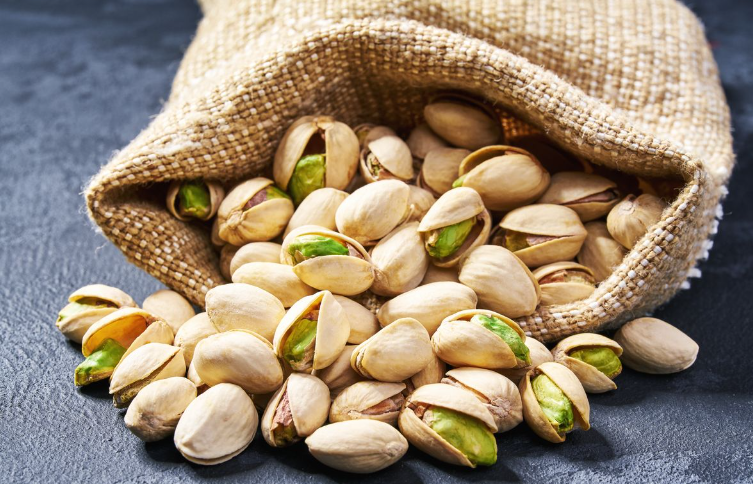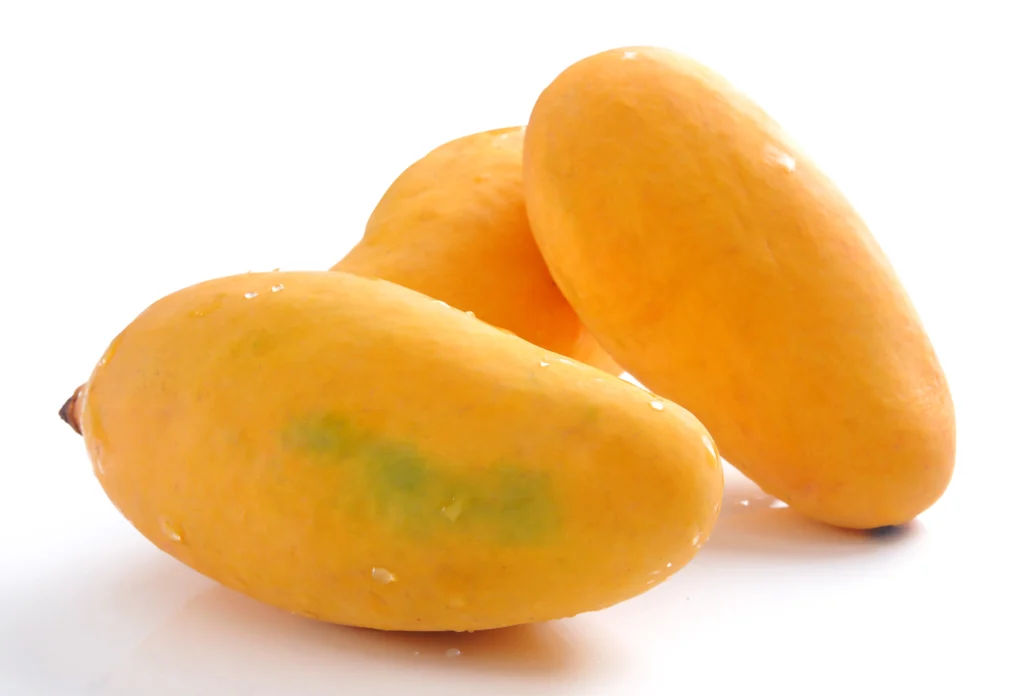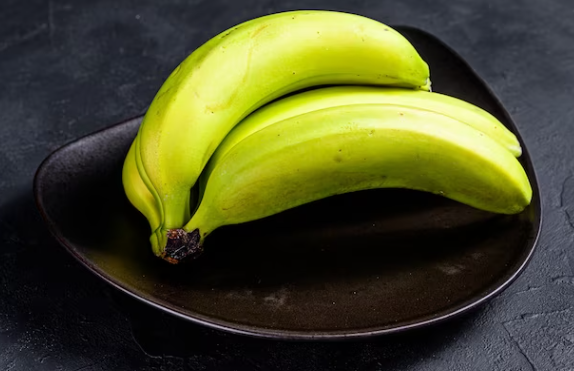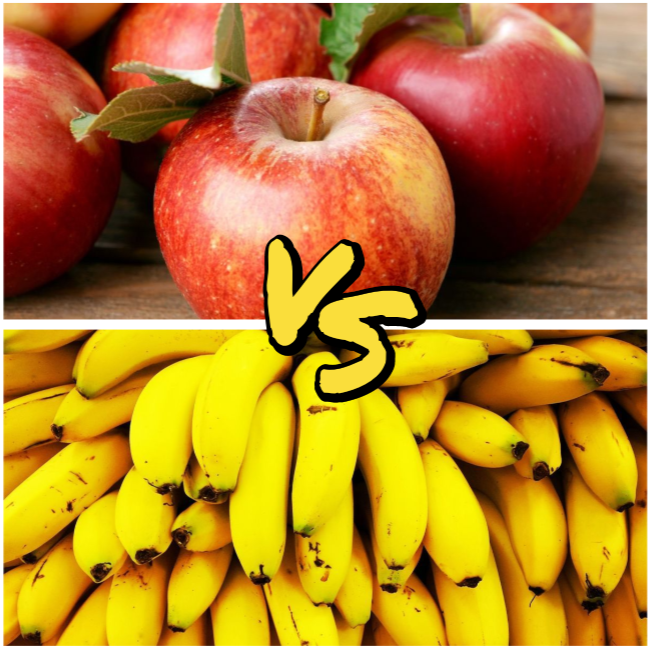Korea is a country with a rich cultural heritage and a long history. It has many national symbols, like the national flower and national animal, and there’s also a national fruit. This article will tell you about Korea’s national truth: the persimmon. We’ll explain what it is and why it’s so important to the Korean people.
Table of Contents
- Korea’s Cherished National Fruit: The Persimmon
- Exploring the Persimmon: A Unique Fruit
- The Significance of the Persimmon in Korean Culture
- Health Benefits of Persimmons: Good for You in Many Ways
- From Sweet Treats to Savory Dishes: Persimmons in Korean Cuisine
- Conclusion
- Frequently Asked Questions
- What is the difference between astringent and non-astringent persimmons?
- What is Chuseok?
- What are some traditional Korean desserts with persimmons?
- Can persimmons be grown outside of Asia?
- Are there any Korean superstitions about persimmons?
Korea’s Cherished National Fruit: The Persimmon
The persimmon, known as “Gam” in Korean, is the national fruit of Korea. This fruit originally comes from China and found its way to Korea about 1,300 years ago during the Tang Dynasty. Nowadays, Korea is famous for its persimmons, especially those from Jeju Island in the south. They’re known for their high quality and delicious taste.
Exploring the Persimmon: A Unique Fruit
Let’s dive into what the persimmon is exactly. It looks somewhat like a tomato but tastes sweet and slightly tangy. There are two kinds of persimmons you should know about: “astringent” and “non-astringent.” Astringent persimmons are full of tannins, which make them taste bitter if they’re not ripe. On the other hand, non-astringent persimmons are sweeter and can be eaten while still firm without that bitter taste.
The Significance of the Persimmon in Korean Culture
There’s more to the persimmon in Korea than just being a fruit. It’s deeply connected to Korean culture and carries the meaning of good luck and wealth. During Chuseok, the Korean harvest festival, people give persimmons as gifts. It’s a way to show thankfulness and to wish for a prosperous future.
Health Benefits of Persimmons: Good for You in Many Ways
Persimmons aren’t just culturally important, they’re also really good for you. They’re filled with fiber, vitamins A and C, and they’re not high in calories. This makes them a perfect healthy snack. Plus, they’re packed with antioxidants that help keep you from getting sick.
From Sweet Treats to Savory Dishes: Persimmons in Korean Cuisine
Koreans love using persimmons in their cooking. There are sweet traditional desserts like “Shi-Sun-Che” and “Daechu-Hwachae,” and a sweet punch called “Sujeonggwa” made with persimmons. But it doesn’t stop with sweets; persimmons also make appearances in savory foods. They can add a unique flavor to salads, stews, and even as an unexpected pizza topping.
Conclusion
In conclusion, the persimmon is more than just Korea’s national fruit. It’s a part of the nation’s soul, reflecting Korean values of health, prosperity, and culinary tradition. When you eat a persimmon or cook with it, you’re experiencing a piece of Korean culture.
Frequently Asked Questions
What is the difference between astringent and non-astringent persimmons?
Astringent persimmons have a high tannin content and are bitter when not fully ripe. Non-astringent persimmons are sweeter and can be eaten while still firm.
What is Chuseok?
Chuseok is a traditional Korean harvest festival celebrated in September or October. Families come together to express gratitude for the year’s harvest and to remember their ancestors.
What are some traditional Korean desserts with persimmons?
Traditional Korean desserts using persimmons include ‘Shi-Sun-Che,’ ‘Daechu-Hwachae,’ and the sweet punch ‘Sujeonggwa.’
Can persimmons be grown outside of Asia?
Yes, persimmons are grown worldwide, originating from China and spreading to countries like Japan, Spain, and the USA.
Are there any Korean superstitions about persimmons?
One Korean superstition is that a persimmon seed swallowed might lead to a persimmon tree growing in your stomach. While this isn’t true, it’s a fun piece of folklore.





![What Is the National Fruit of Spain and Why? [ANSWERED]](https://fruitonix.com/wp-content/uploads/2023/04/What-Is-the-National-Fruit-of-Spain-.jpg)



